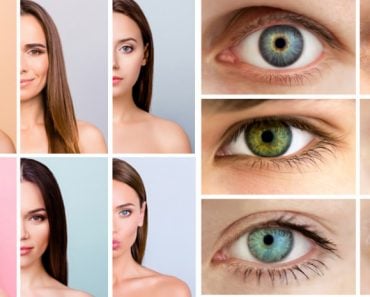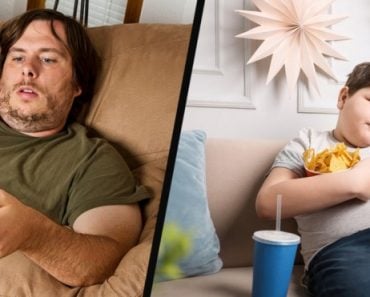Table of Contents (click to expand)
Some people have blond hair because of a mutation in their DNA. This mutation causes the body to produce less melanin, which is the pigment that gives hair its color.
In June of 2014, an evolutionary geneticist and his team discovered that if a single DNA base pair was changed, if one rung was renamed from an A to a G, when just one letter among the billions that compose the book that is you is miswritten, the appearance of its cover is dramatically altered. This single mutation differentiates blonds from brunettes!
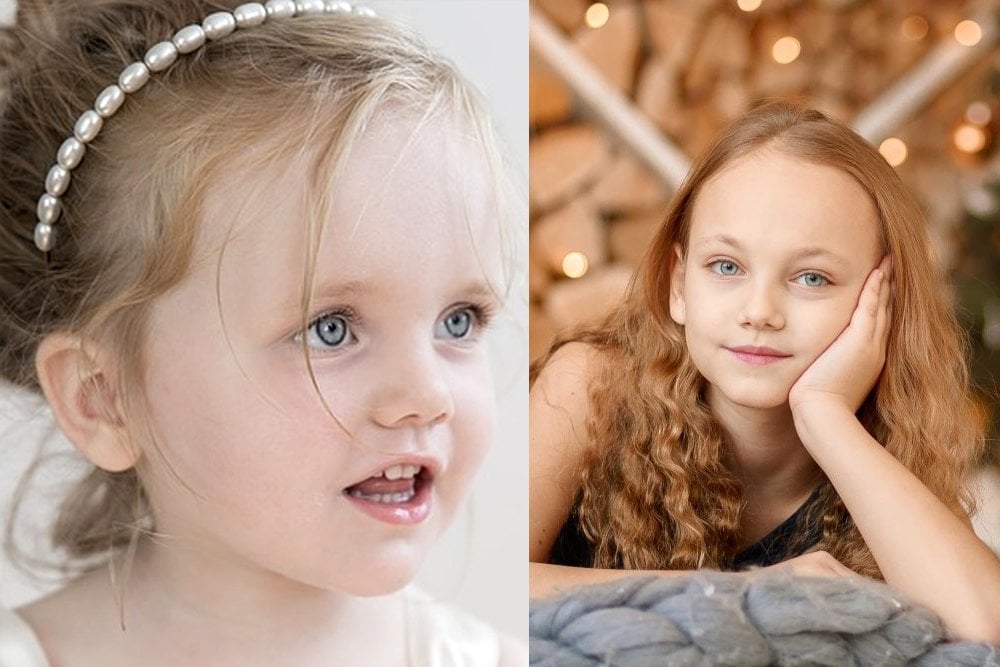
Recommended Video for you:
Of Mice And Men
Biologists already discovered several decades ago that color, whether of our eyes, hair or skin, is a function of the amount of melanin in our body. Melanin is the pigment with which our hair, skin and eyes (to some extent) are painted. A high level of melanin causes darkened skin and hair, whereas its scarcity causes them to lighten. Northern Europeans have blond hair and fair skin because they contain less melanin than the dark-haired and dark-skinned Africans.
However, David Kingsley, an evolutionary geneticist at Stanford University in California, wanted to discover the underlying fundamental genetic mutations that led to the production or curtailment of melanin. Bear in mind how excruciatingly difficult this venture was. David had to search for a single gene, for the tiniest variations of base pairs among the 20,000 genes or the innumerable base pairs that constitute the human genome.
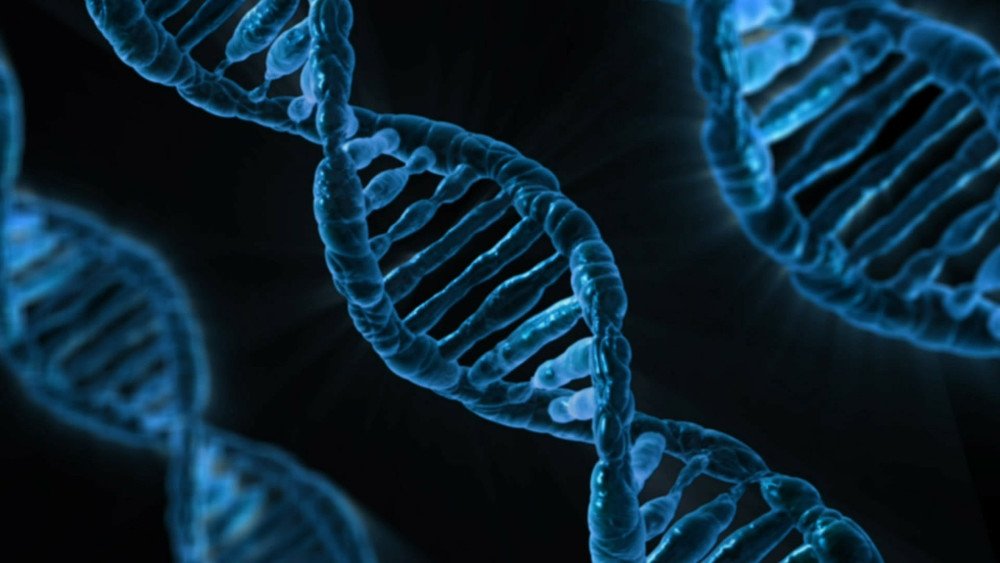
However, David did successfully find it. After six years of arduously examining the genetic variation in thousands of people from Iceland and the Netherlands, David found at least eight DNA regions linked to blondness. The link was based on the presence of a variation of DNA letters or base pairs – the change of one letter at a key spot in the genome – discovered in blonds, but not people with other hair colors. Unsurprisingly, a number of variations were exhibited by genes that were directly or indirectly involved in the production of melanin.
To test his discovery’s veracity, David turned to mice, of course. David and his team found the region of DNA in mice that caused them to appear brown. In mice of lighter colors, some even white, the code was written backwards! Following this splendid discovery, the researchers created two variations of the human version of that DNA: while one variant was left unchanged, the other was changed and written just as it appears in a brunette. The researchers then inserted each variant into two different mice.
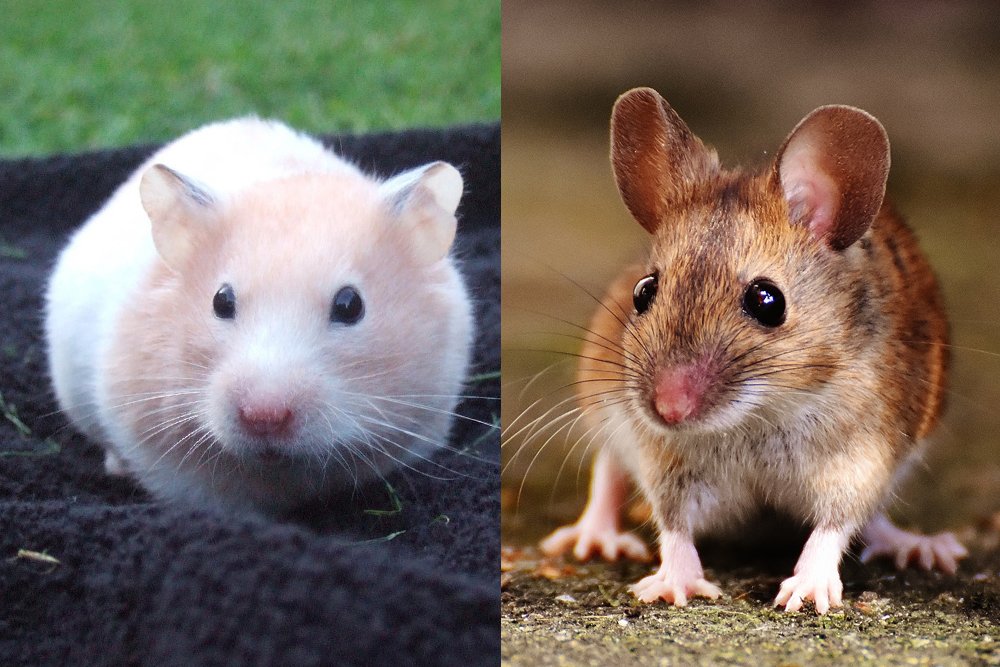
As one would expect, the mice into whom the changed DNA was planted grew to be darker than the mice into whom the unchanged DNA was planted. David published his findings in Nature Genetics in June 2014.
The ‘Color’ Gene
Every discipline under the umbrella of evolutionary biology is certain that a trait is never the result of one mutation of a single gene. They are certain that a tweak of this magnitude cannot have such a profound effect. A trait is instead an inscrutable combination of several genes activating and deactivating, seemingly indiscriminately. For this reason, the color gene might not even exist. However, David discovered the signaling gene — a single gene that is pivotal to the combinatorial play of genes that produces melanin. It puts the play in motion. In a way, one can call it the color gene, but it only paints our hair and skin, not our eyes.
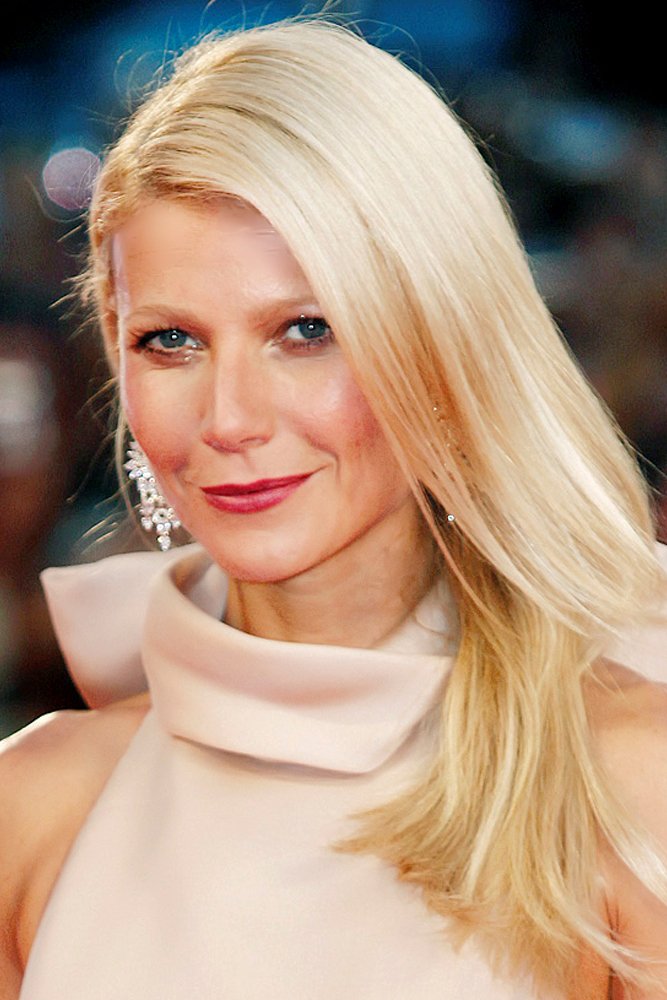
This is because the activation and deactivation of the signaling gene affects other genes as well. It affects genes responsible for the formation of blood, egg, sperm and stem cells. If the signaling gene was to switch on or off to kick-start the production of blond hair, the consequences would have been devastating. However, this isn’t the case.
David explains that “this isn’t ‘a turn the switch off’, it’s a ‘turn the switch down.'” That is, it’s not binary, but can be modulated like a thermostat. Consequently, the effects of the DNA mutation, David and his team discovered, don’t seep too deep, but alter only the properties of a single organ – our skin. It is the only way no fatal harm can be incurred. This discovery demolishes the archaic stereotype that whatever is responsible for hair color also determines the color of our eyes. It’s “literally skin deep,” David concludes.
References (click to expand)
- The Genetics of Blond Hair | Science | AAAS. sciencemag.org
- Guenther, C. A., Tasic, B., Luo, L., Bedell, M. A., & Kingsley, D. M. (2014, June 1). A molecular basis for classic blond hair color in Europeans. Nature Genetics. Springer Science and Business Media LLC.
- Understanding Genetics: Human Health and the Genome - www.thetech.org


